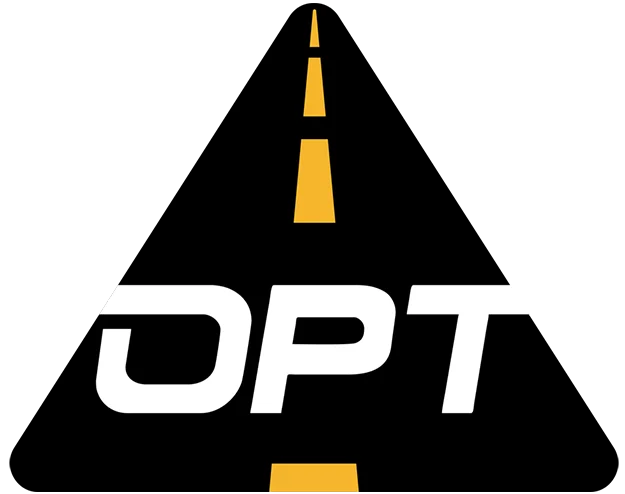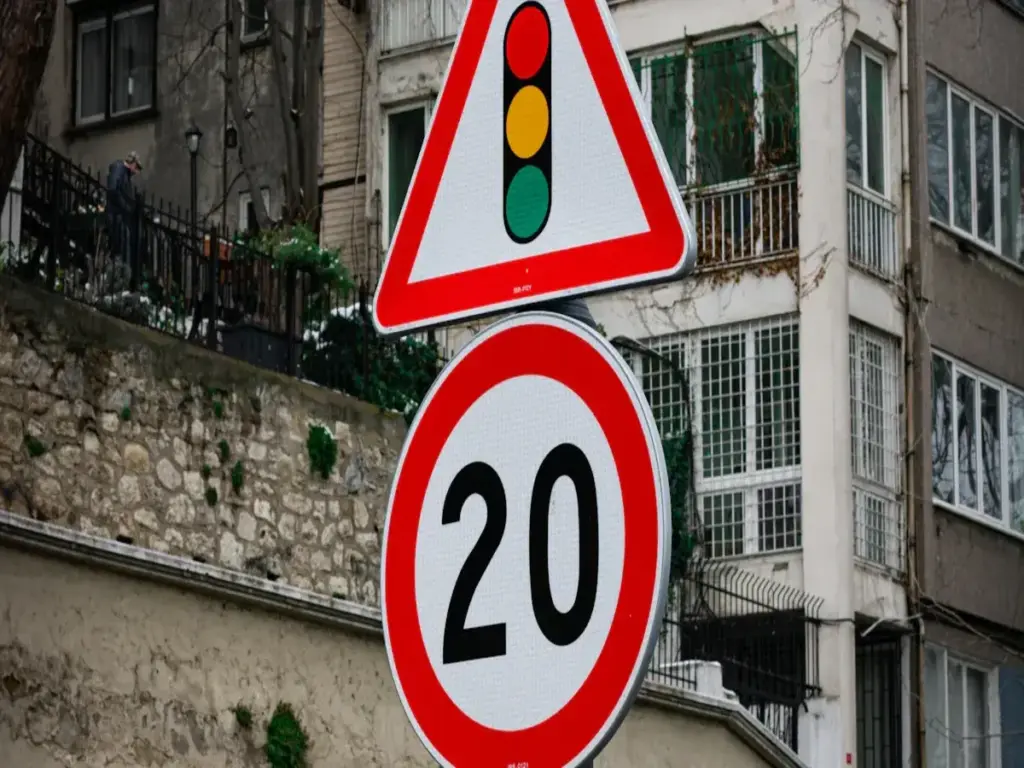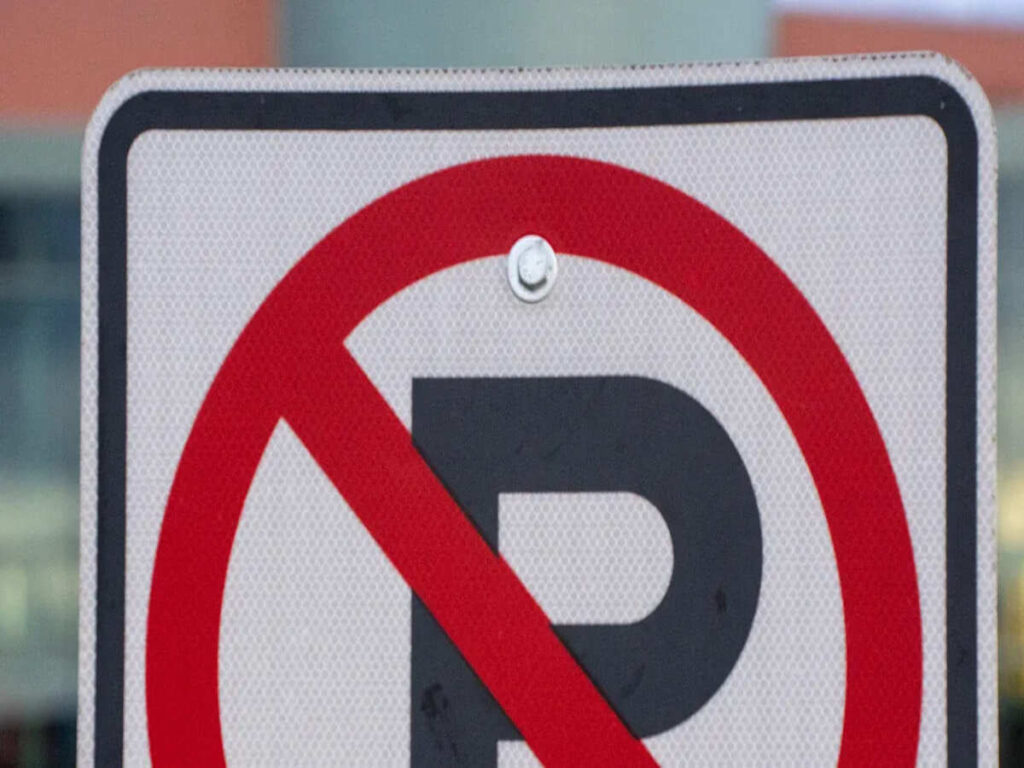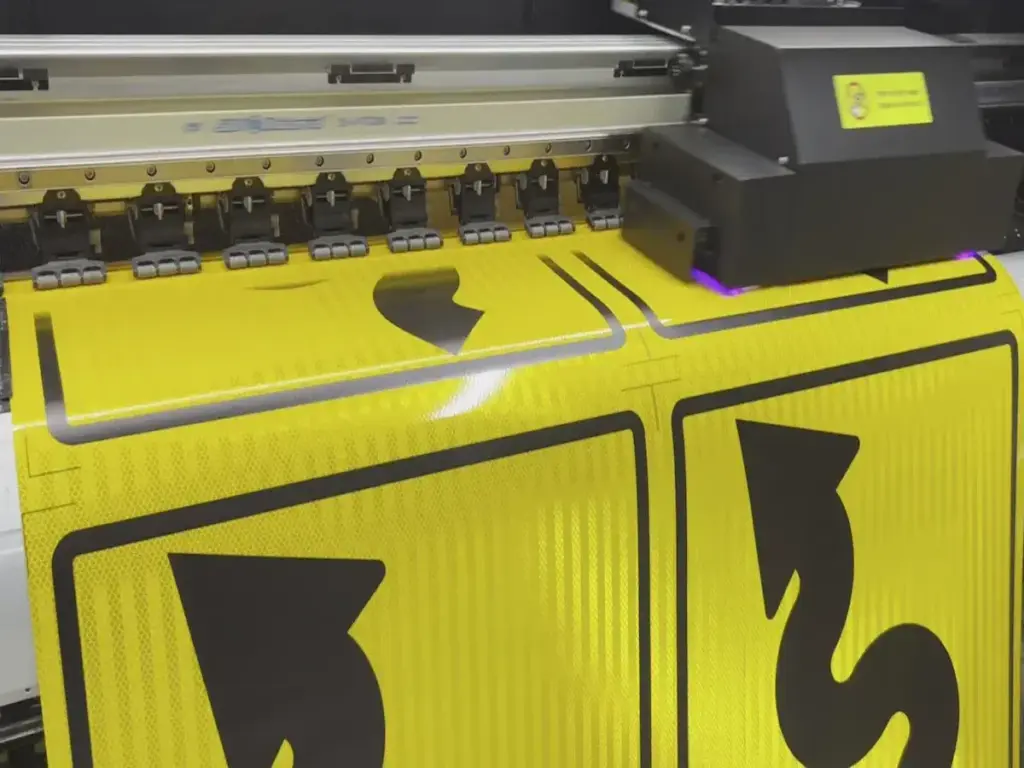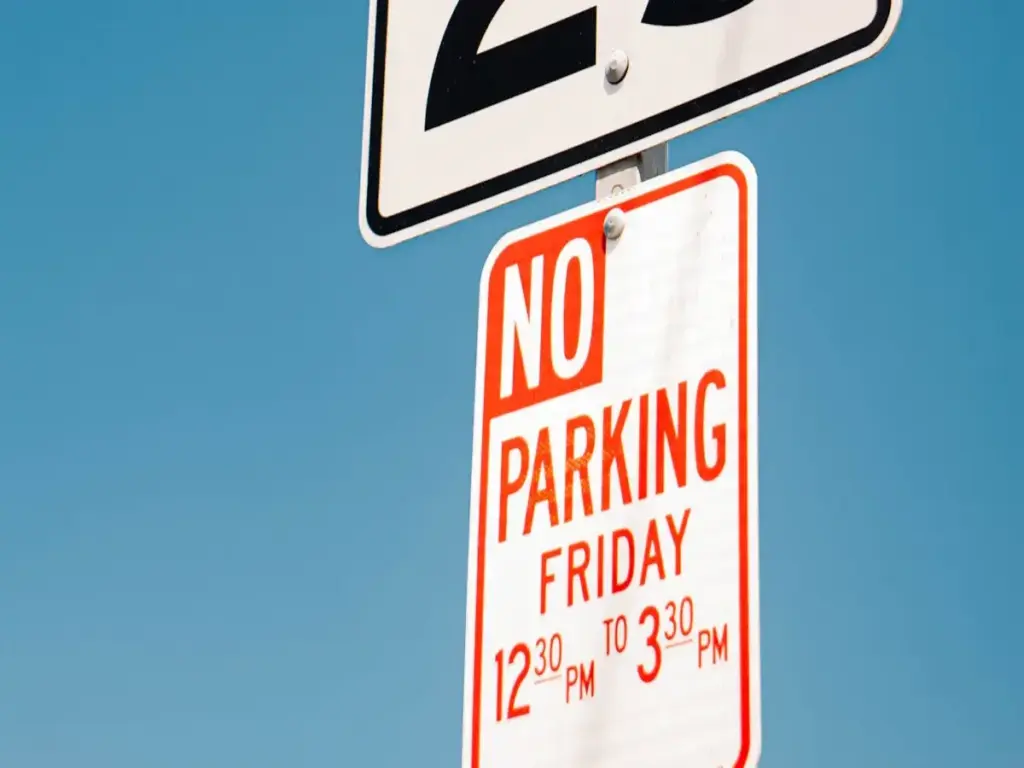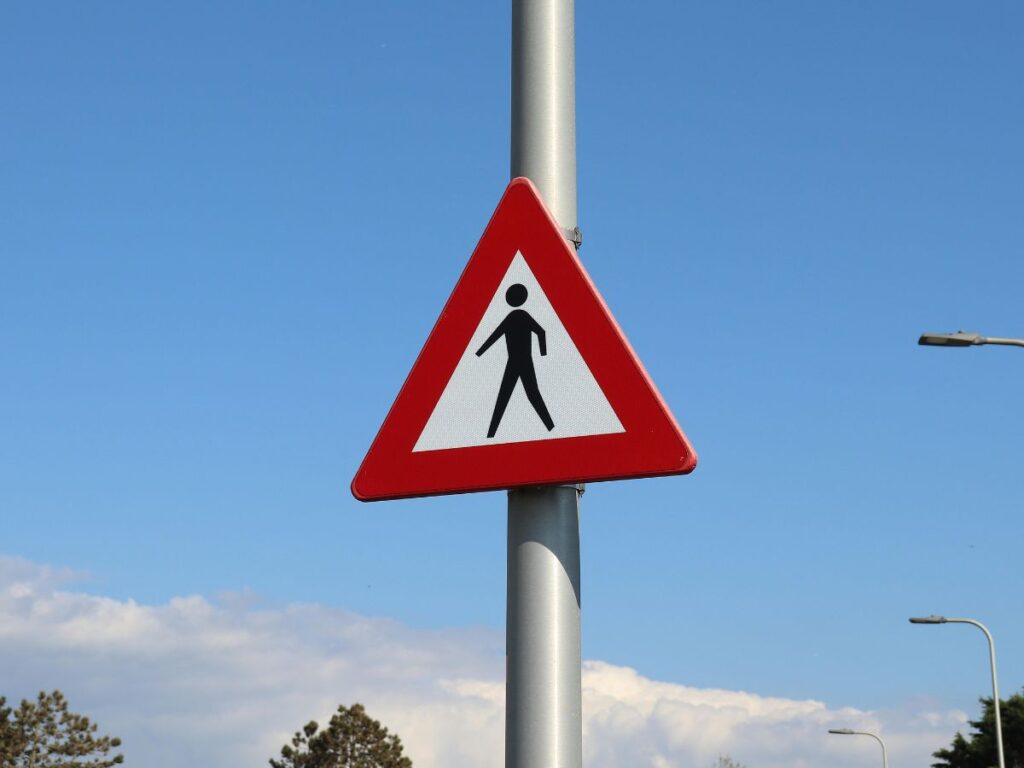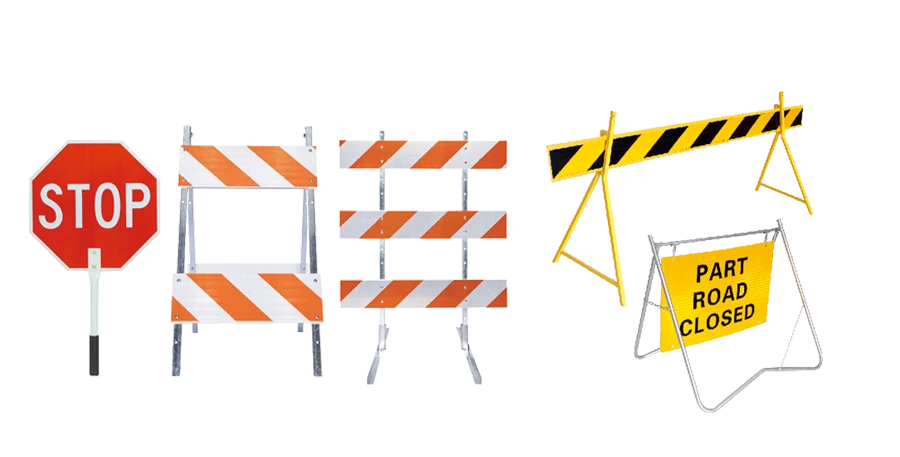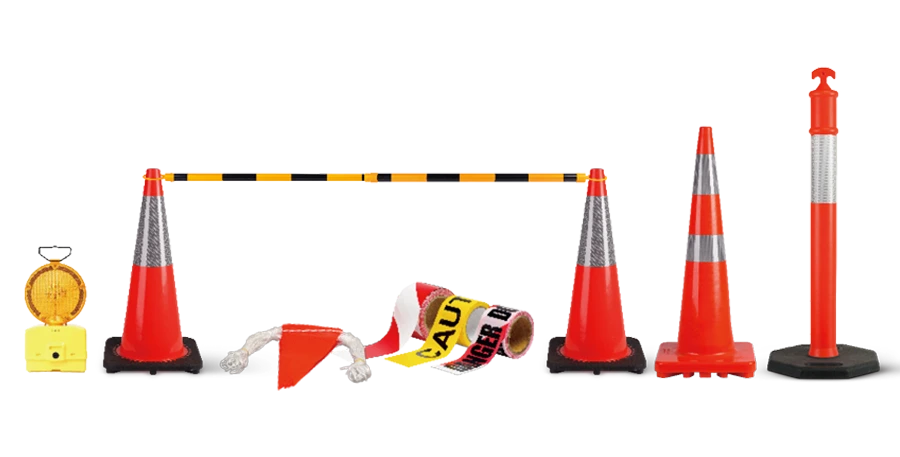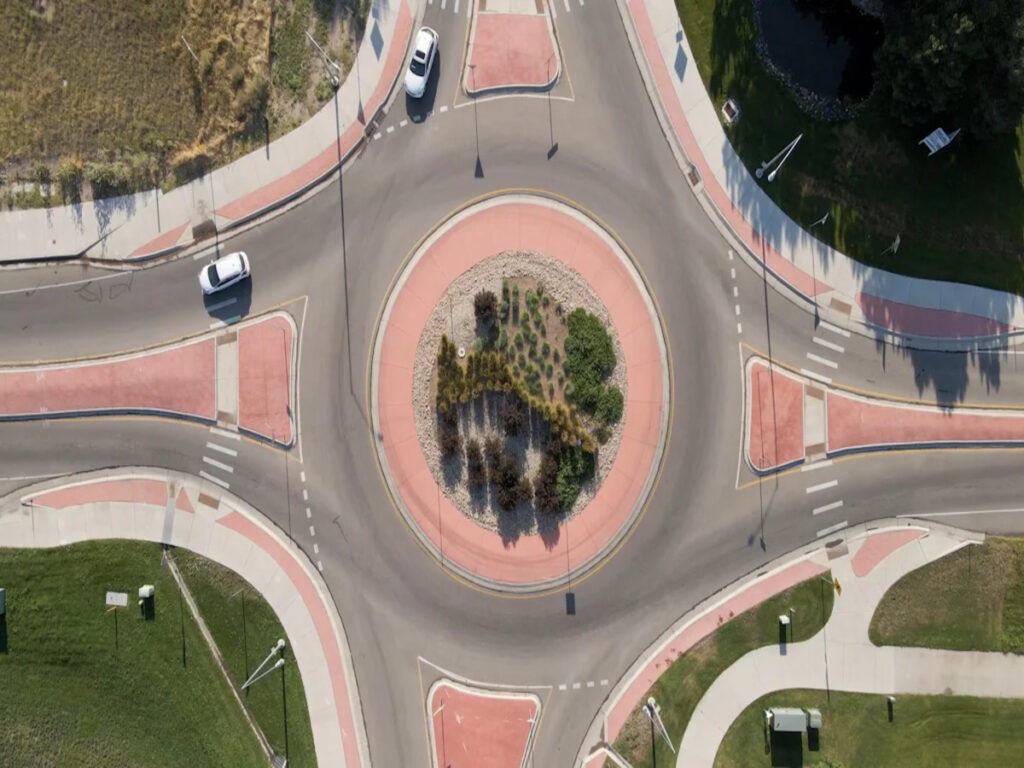
You encounter roundabouts daily, but navigating them safely requires clear guidance. Traffic safety cones play a vital role in ensuring smooth traffic flow and reducing confusion. These cones act as visual cues, helping you stay in the correct lane and avoid potential hazards. Their strategic placement enhances road safety by preventing accidents and protecting pedestrians. Whether managing temporary detours or marking construction zones, these tools provide an effective solution for improving safety at intersections.
The Importance of Traffic Safety in Roundabout Design
How Roundabouts Improve Traffic Flow
Roundabouts are designed to keep vehicles moving efficiently. Unlike traditional intersections, they eliminate the need for stop-and-go traffic caused by signals. This continuous flow reduces delays by up to 20% and minimizes vehicle stops by 56%, according to studies by the IIHS. In fact, converting signalized intersections to roundabouts could save nearly 1 billion hours of vehicle delays annually. These designs also increase traffic capacity by 30% to 50%, making them ideal for busy areas.
Roundabouts not only improve traffic flow but also contribute to environmental benefits. By reducing idling and stop times, they lower greenhouse gas emissions by 17% to 65% and cut fuel consumption by 28%. This makes them a sustainable choice for modern traffic management.
The Safety Benefits of Roundabouts Compared to Traditional Intersections
Roundabouts prioritize road safety by reducing the likelihood of severe accidents. Traditional intersections often experience high-speed crashes, such as right-angle or head-on collisions. Roundabouts eliminate these risks by ensuring vehicles travel in the same direction at lower speeds. Studies show a 75% reduction in injury crashes and a 90% decrease in fatality collisions after intersections are converted to roundabouts.
Pedestrians also benefit from roundabouts. The design minimizes crossing distances and reduces vehicle speeds, leading to a 40% drop in pedestrian collisions. These features make roundabouts a safer option for all road users.
| Type of Accident | Reduced by Roundabouts | Reason for Reduction |
|---|---|---|
| Right-angle collisions | Yes | Vehicles travel in the same direction at low speeds. |
| Left-turn collisions | Yes | Eliminated due to the circular flow of traffic. |
| Head-on collisions | Yes | High-speed conflicts are minimized in roundabouts. |
| Rear-end collisions | Yes | Reduced by eliminating abrupt stops and speeding up. |
Challenges in Roundabout Traffic Management
Managing traffic at roundabouts comes with its own set of challenges. Insufficient capacity can lead to delays and long queues, especially during peak hours. High circulating speeds may create difficulties for drivers merging into traffic. Pedestrians and cyclists also face challenges when navigating these intersections.
Driver behavior plays a significant role in these issues. You must reduce your speed when approaching a roundabout and look for vehicles already inside. In multilane roundabouts, conflicts can arise as vehicles exit. Addressing these challenges requires careful design and clear guidance to ensure smooth traffic flow and road safety.
Benefits of Using Traffic Safety Cones at Roundabouts
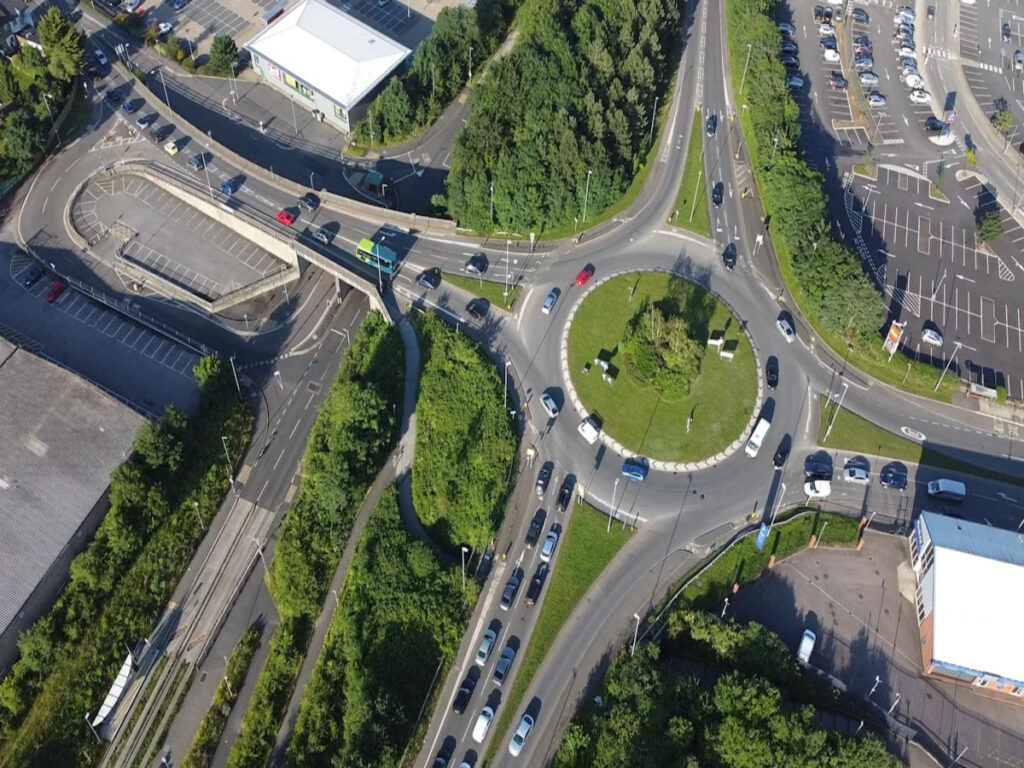
Enhancing Traffic Flow
Reducing congestion during peak hours
Traffic safety cones help you navigate roundabouts more efficiently during busy times. By clearly marking lanes and guiding vehicles, they reduce confusion and prevent bottlenecks. When caution cones are placed strategically, they create smoother traffic flow, especially in areas with high vehicle volumes. This ensures you spend less time waiting and more time on the move.
Guiding drivers through temporary detours
Temporary detours can disrupt your usual route, but traffic safety cones provide clear guidance. They direct you safely through alternative paths, ensuring you avoid hazards or construction zones. These caution cones act as visual markers, helping you follow safe driving practices even in unfamiliar situations.
Improving Road Safety
Preventing accidents by clearly marking lanes
Properly placed traffic safety cones reduce the risk of accidents by clearly defining lanes. They help you stay in the correct lane, especially in multi-lane roundabouts where confusion can lead to collisions. This simple yet effective tool ensures safer navigation for all drivers.
Protecting pedestrians and cyclists
Roundabouts often include pedestrian crossings and bike lanes. Traffic safety cones enhance road safety by creating visible barriers that protect pedestrians and cyclists. They guide you to yield at the right spots, reducing the chances of accidents involving vulnerable road users.
Flexibility and Cost-Effectiveness
Easy to deploy and adjust as needed
Traffic safety cones are lightweight and easy to move. You can quickly adjust their placement to adapt to changing traffic conditions. This flexibility makes them ideal for managing temporary changes in roundabout layouts or traffic patterns.
Cost-efficient compared to permanent infrastructure changes
Installing permanent infrastructure can be expensive and time-consuming. Traffic safety cones offer a cost-effective alternative. They provide immediate solutions for improving road safety and traffic flow without requiring major construction projects. This makes them a practical choice for both short-term and long-term needs.
OPTsigns traffic cones are designed to provide maximum visibility and durability, making them an ideal solution for any road safety need. Whether you’re managing a temporary work zone, directing traffic at events, or marking hazardous areas, OPTsigns cones are easy to deploy, reusable, and a budget-friendly option to keep your roads safer and traffic flowing smoothly.
Types of Roundabouts and Traffic Cone Applications
Modern Roundabout Design and Traffic Flow Optimization
Modern roundabouts use specific design features to improve traffic flow and safety. You’ll notice that approach roads align carefully with the central island, ensuring smooth entry and exit. Curved approach roads slow vehicles naturally, reducing the risk of high-speed collisions. Splitter islands provide a safe refuge for pedestrians while guiding vehicles into the roundabout.
Geometric designs play a key role in optimizing traffic flow. By reducing conflict points, roundabouts minimize potential crashes and delays. One-way circulation around the central island ensures vehicles move efficiently without crossing paths. Signs and pavement markings alert you to the correct lanes and yielding patterns. Landscaping in the center island also encourages slower speeds, creating a safer environment for all road users.
Single-lane vs. Multi-lane Roundabouts: How Traffic Cones Play a Role
Single-lane and multi-lane roundabouts present unique challenges. Single-lane roundabouts are simpler to navigate, with lower crash rates and fewer conflict points. However, entering-circulating crashes can still occur if drivers fail to yield. Multi-lane roundabouts, on the other hand, involve more complexity. Exiting-circulating crashes and higher conflict rates are common due to unclear lane selection.
Traffic cones help you navigate these challenges. In single-lane roundabouts, caution cones clearly mark entry and exit points, reducing confusion. In multi-lane roundabouts, cones guide you to the correct lane and emphasize yielding patterns. Proper placement ensures smoother traffic flow and safer navigation for all users.
| Roundabout Type | Pedestrian Safety | Driver Confusion | Crash Types |
|---|---|---|---|
| Single-lane | Lower crash rates | Simpler navigation | Entering-circulating crashes |
| Multi-lane | Higher conflict rates | More complexity | Exiting-circulating crashes |
The Benefits of Using Traffic Cones in Different Types of Roundabouts
Traffic cones adapt to various roundabout designs, offering flexibility and safety. In single-lane roundabouts, cones simplify navigation by marking clear paths. Multi-lane roundabouts benefit from caution cones that highlight lane divisions and guide vehicles through complex layouts. Temporary caution cones also assist during construction or maintenance, ensuring minimal disruption to traffic flow.
By using traffic cones effectively, you can enhance safety and efficiency in any roundabout type. Their versatility makes them an essential tool for modern traffic management.
Best Practices for Traffic Cone Placement in Roundabouts
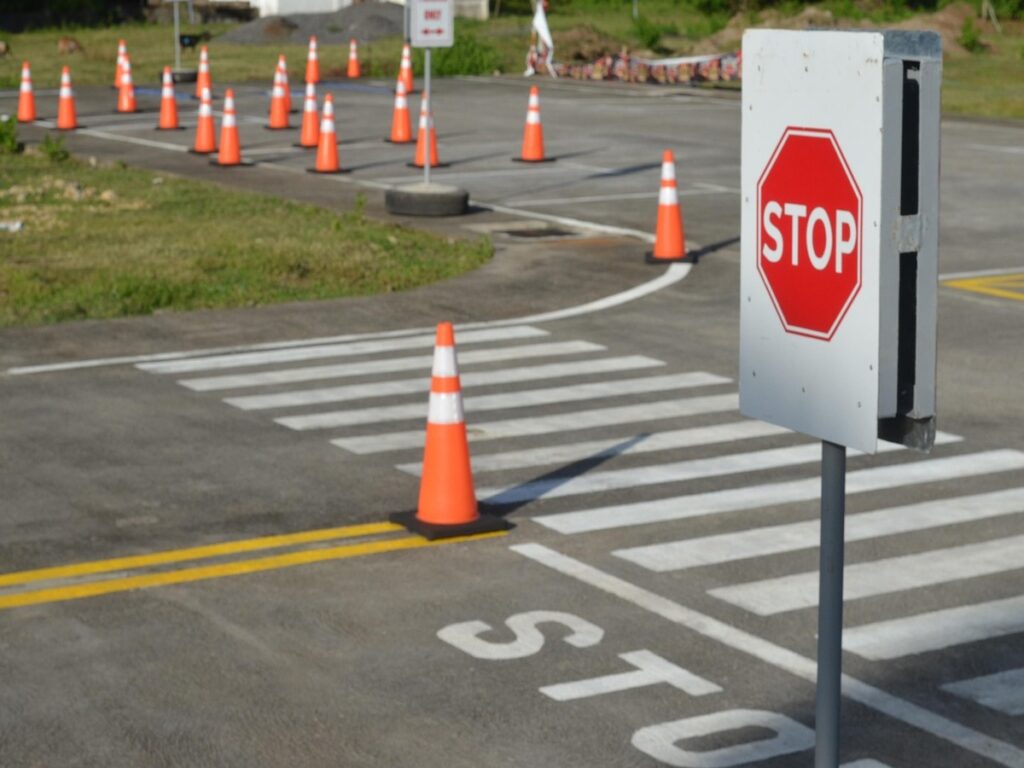
Strategic Cone Placement to Guide Drivers and Pedestrians
Marking entry and exit points
You can improve navigation at roundabouts by marking entry and exit points with traffic cones. Place caution cones at the approach lanes to signal where vehicles should slow down and yield. At exit points, caution cones guide drivers to maintain their lane, reducing confusion. This practice ensures smoother transitions and minimizes the risk of accidents.
Creating clear lane divisions
Traffic cones help you create clear lane divisions, especially in multi-lane roundabouts. Use caution cones to separate lanes and direct vehicles into the correct paths. This reduces lane-changing conflicts and keeps traffic flowing efficiently. Proper lane markings also encourage safe driving practices, making roundabouts safer for everyone.
Adapting to Traffic Conditions
Adjusting cone placement during high traffic volumes
During peak hours, you can adjust cone placement to manage increased traffic. For example, adding caution cones to create temporary lanes can ease congestion. This flexibility allows you to respond to changing conditions and maintain smooth traffic flow.
Using cones for temporary closures or maintenance
When maintenance or temporary closures occur, traffic cones provide clear guidance. Use caution cones to block off restricted areas and redirect vehicles safely. This ensures drivers avoid hazards while maintaining order in the roundabout.
Ensuring Visibility
Using reflective cones for nighttime or low-visibility conditions
Reflective cones improve visibility during nighttime or foggy conditions. These caution cones catch headlights, making them easy to spot. By using reflective cones, you enhance safety for drivers navigating roundabouts in low-visibility situations.
Proper cone spacing and alignment for optimal traffic flow
Spacing caution cones evenly ensures drivers can follow clear paths. Align cones to match the roundabout’s layout, avoiding unnecessary confusion. Proper spacing and alignment keep traffic moving smoothly and reduce the chances of errors.
The Role of Traffic Safety Cones in Roundabout Construction and Maintenance
Using Traffic Cones for Construction Zone Safety
You can ensure safety during roundabout construction by using traffic cones to create clear boundaries. These caution cones mark restricted areas, keeping vehicles and pedestrians away from construction zones. This reduces the risk of accidents and ensures workers can perform their tasks without interruptions. Placing caution cones strategically helps you guide vehicles through safe paths, minimizing confusion. Drivers can easily identify where to slow down or stop, improving overall traffic control.
Traffic cones also protect construction equipment by creating a buffer zone. This prevents vehicles from accidentally entering areas with heavy machinery. By using cones effectively, you maintain order and safety in construction zones.
Traffic Cones for Temporary Traffic Control During Roundabout Construction
Temporary traffic control becomes essential when roundabout construction disrupts normal flow. Traffic cones help you redirect vehicles safely through detours or alternative routes. These caution cones act as visual cues, guiding drivers to follow the correct paths. You can use them to create temporary lanes or block off sections under construction.
During peak hours, adjusting cone placement allows you to manage high traffic volumes efficiently. This flexibility ensures smooth traffic flow even in challenging conditions. By using caution cones for temporary traffic control, you reduce delays and maintain safety for all road users.
Enhancing Visibility with Reflective Traffic Cones
Reflective traffic cones improve visibility during roundabout construction, especially in low-light conditions. The safety-orange base and reflective white bands make these cones highly visible both day and night. Drivers can spot them from a distance, reducing the chances of accidents.
You can rely on reflective cones to enhance safety in foggy or nighttime conditions. Their vivid colors and reflective surfaces ensure drivers stay aware of construction zones. This added visibility helps you maintain effective traffic control and protects everyone on the road.
Challenges and Solutions in Using Traffic Safety Cones
Common Challenges
Drivers ignoring or misinterpreting cone placements
Some drivers fail to notice or understand the purpose of traffic cones. This can lead to unsafe driving behaviors, such as entering restricted areas or ignoring lane markings. Misinterpreting cone placements increases the risk of accidents, especially in busy roundabouts. You must remain attentive and follow the visual cues provided by cones to ensure safety.
Weather conditions displacing cones
Strong winds, heavy rain, or snow can displace traffic cones, reducing their effectiveness. When caution cones shift from their intended positions, they may confuse drivers and disrupt traffic flow. This challenge becomes more significant in areas prone to extreme weather conditions. Ensuring caution cones stay in place is essential for maintaining safety and preventing accidents.
Solutions to Overcome Challenges
Educating drivers on cone-guided traffic patterns
Educating drivers about the importance of traffic cones can improve compliance. Public awareness campaigns and road safety workshops can teach you how to interpret cone placements correctly. Understanding their role in crash reduction and traffic management helps you navigate roundabouts more safely.
Using weighted or anchored cones for stability
Innovative cone designs, such as the OPTsigns foldable traffic safety cone, address stability issues. Its base provides a larger footprint, making it more resistant to displacement. The vivid safety-orange base and reflective white bands enhance visibility in all lighting conditions. Using such cones ensures they remain effective even in adverse weather.
Balancing Efficiency and Safety
Avoiding overuse of cones to prevent confusion
Overusing traffic cones can overwhelm drivers and create unnecessary confusion. You should focus on strategic placement to guide traffic effectively. Clear and minimal cone arrangements reduce distractions and improve navigation through roundabouts.
Regularly monitoring and adjusting cone placement
Regular monitoring ensures cones remain in their intended positions. Adjusting their placement based on traffic conditions or weather changes helps maintain order. By keeping cones aligned and visible, you can enhance safety and achieve better crash reduction outcomes.
Case Studies: Traffic Cones in Roundabout Projects
Successful Roundabout Installations Using Traffic Cones
You can find many examples of successful roundabout projects where traffic cones played a key role. In one urban area, engineers used cones to guide vehicles through a newly constructed multi-lane roundabout. The cones marked temporary lanes, helping drivers adjust to the new layout. This reduced confusion and prevented accidents during the initial weeks of operation.
Another example comes from a suburban neighborhood. Here, caution cones were used to manage traffic flow during the construction of a single-lane roundabout. By creating clear detours, the cones ensured smooth movement of vehicles while keeping construction workers safe. These projects highlight how caution cones can simplify complex transitions and improve safety.
Lessons Learned from Roundabout Projects
You can learn valuable lessons from these projects. First, proper cone placement is essential. Misaligned cones can confuse drivers and disrupt traffic flow. Regular monitoring ensures caution cones stay in their intended positions. Second, using reflective cones improves visibility, especially at night or in bad weather. This helps drivers navigate roundabouts safely under all conditions.
Another key takeaway is the importance of public awareness. Educating drivers about cone-guided traffic patterns reduces errors and enhances safety. When drivers understand the purpose of cones, they are more likely to follow them correctly. These lessons emphasize the need for careful planning and execution in roundabout projects.
Innovations in Traffic Cone Design for Roundabouts
Innovative cone designs have improved their effectiveness in roundabout projects. For example, some cones now feature weighted bases to prevent displacement during strong winds. Others include reflective materials that enhance visibility in low-light conditions. You can also find collapsible cones that are easy to store and transport.
These advancements make cones more reliable and versatile. They adapt to various roundabout designs, ensuring safety and efficiency. By using modern cones, you can address challenges like weather conditions and driver confusion more effectively. These innovations demonstrate how simple tools can evolve to meet complex needs.
Traffic safety cones play a crucial role in improving transportation at roundabouts. You can rely on them to enhance road design by guiding drivers and reducing confusion. Their adaptability allows you to address changing traffic conditions effectively. These cones also improve safety performance by preventing road traffic crashes and protecting pedestrians. Public awareness campaigns can further educate drivers on their importance, ensuring safer intersections. By incorporating traffic cones into roundabout management, you help create a more efficient and secure transportation system for everyone.
